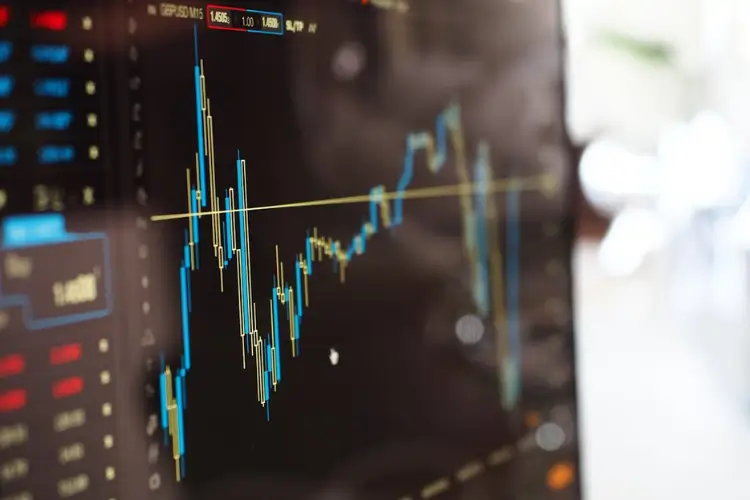To survive erratic market swings, forex day trading calls for exact decision-making and strict risk control. Strategic risk management tools such as diversified holdings and stop-loss orders help to turn uncertainty into measured possibilities. By means of proactive measures and rigorous research, capital preservation and consistent development are made possible, therefore enabling traders to negotiate erratic movements with confidence and expertise. Every action advances long-term financial success.
Mastering Stop-Loss and Take-Profit Strategies
Good risk control begins with an exact stop-loss and take-profit level setup. Essential protections are stop-loss orders, which automatically close trades before losses get beyond reasonable boundaries. Carefully calculated triggers based on technical analysis and market volatility assist in conserving money, therefore guaranteeing that every transaction follows a predefined risk profile. By balancing these criteria, assets are shielded from sudden market swings, and disciplined trading techniques are ingrained.
Adding take-profit targets to stop-loss orders guarantees gains and locks in earnings during positive market swings. Clearly defining departure points helps to reduce emotional decision-making and stop too much exposure during abrupt changes. Defining both loss limitations and profit goals with this dual method helps impulsive trading become a disciplined activity. Regular use of these techniques produces a strong framework that supports long-term success in the fast-paced Forex day trading environment.
Diversification and Position Sizing for Risk Control
Effective risk management is the diversification of trading positions and proper calibration of position values. Allocating money across several currencies lessens the effect of negative changes in any one market. A balanced portfolio prevents catastrophic losses and protects total assets from erratic market movements. Sound diversification techniques depend on thorough market research and an awareness of the interrelationships between currency fluctuations, therefore enabling a more robust approach to trading.
Maintaining under-control exposure depends equally on accurate position sizing. By computing the optimal trade size depending on total capital and specified risk percentages, over-leveraging is avoided, and any one transaction does not compromise the whole portfolio. This orderly approach of distributing money over several transactions improves stability and promotes consistent increases over time. Regular use of diversification and exact position sizing helps to develop a risk-aware attitude necessary for long-term Forex day trading success.
Leveraging Technical Analysis for Informed Decision-Making
In Forex trading, thorough technical study is the pillar of intelligent risk management. Chart patterns, support, and resistance levels, and momentum indicators provide traders with important information about market movements that will help them to find ideal places of entrance and departure. By means of a thorough assessment of these technological signals, raw data becomes actionable strategies, therefore directing judgments with accuracy. This scientific technique improves confidence in trading performance during market turmoil by lowering dependence on guessing.
Using a mix of indicators guarantees trends and emphasizes possible reversals, therefore simplifying the decision-making process. Strong backtesting and ongoing analytical method improvement guarantee that tactics stay flexible and successful. Combining many technical instruments helps traders to have a sophisticated knowledge of market behavior, thereby enabling them to set reasonable profit objectives and stop-loss limits. Minimizing risk and maximizing temporary possibilities in a dynamic trading environment depend on such educated decision-making.
Embracing a Trading Journal for Continuous Improvement
Retaining a thorough trading diary is essential for improving risk control techniques. Recording every trade—including points of entrance and departure, underlying justification, and results—along with underlying rationale—makes a great storehouse of information for next use. Frequent analysis of journal entries reveals trends and possible areas for development that would help to enable methodical changes in trading strategies. By means of this reflective practice, daily events become a learning tool that improves general performance over time.
Tracking adherence to risk management guidelines and techniques helps a well-organized journal also promote responsibility. Recording both achievements and failures offers a balanced viewpoint that honors analytical abilities. By means of constant assessment, developing tendencies and behavioral biases become evident, which calls for corrective action and improving methodologies. This ongoing cycle of research, analysis, and correction develops a proactive attitude to risk management and sharpens the discipline needed for professional-level Forex day trading.
Conclusion
Forex day trading effective risk management calls for a combination of exact tactics, ongoing education, and relentless dedication. The strong trading framework is created by meticulous preparation, wise decision-making, and proactive changes in direction. Every tactical action advances long-term viability and helps to preserve money. Mastery of risk turns instability into opportunity and guarantees consistent development in a changing financial environment. Continually improve your triumph strategies.




